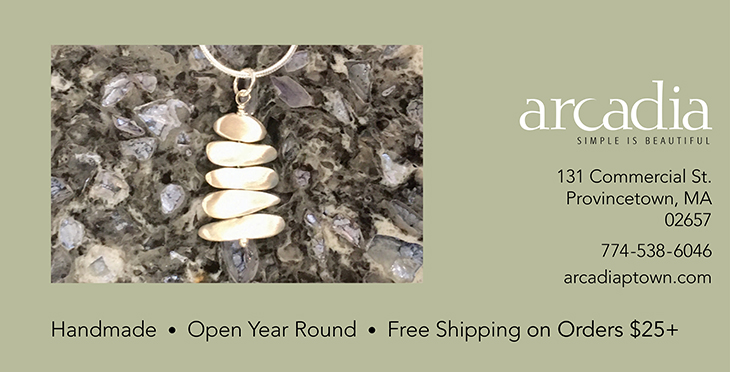In the 1970s, I worked to protect nesting least terns on the back shore. In those days, we did not close beaches to vehicles, but we did post areas where the birds nested with signs and fencing. I remember an occasion when a pair chose a nest site outside the posted area, on the lower beach among tire tracks. In an experiment, we surrounded that nest with signs and then slowly began moving it and its eggs, along with an abandoned sneaker that was near it, a foot or two each day until it was within the posted area.
A least tern nest is a simple scrape in the sand, sometimes adorned with bits of shells and pebbles. The birds accepted the move and returned to their eggs each time they were moved.
Of course, a bird’s nest is not exactly its home. It’s more like a temporary storage unit or perhaps an Airbnb. A nest’s sole purpose is for incubating eggs and sometimes raising young. Even the “permanent” nests of eagles and ospreys are used only seasonally. Birds don’t exactly have “homes,” and neither do other animals — coyotes, squirrels, seals — that I can think of. Certainly, whales and dolphins just live in the open, unbounded ocean.
Not people. We naked humans are unique in choosing to put ourselves in mostly permanent boxes, protected from the elements, where we eat, sleep, pursue recreation — and sometimes raise young. Our homes in many ways define us.
I spent a March week in Pennsylvania at my sister’s house. It is situated in what might be called a suburban subdivision or housing development, consisting of block after block after block of modest and very similar homes, each with an attached garage, a driveway, and a small front yard. Most of these dwellings showed some effort to distinguish them from their neighbors, some with plantings, but more with decorations, placards, flags, and other adornments. A lawn jockey was a particularly embarrassing example. And nothing could have been more pretentious than a pair of reclining stone lions flanking an entryway, as if it were the New York Public Library.
In a nearby town, row houses lined the downtown street. All these places had to declare their individuality were their front doors and windows, earnestly decorated. Saint Patrick’s Day seemed to be a dominant theme.
Back in Provincetown, I was glad to see my own modest dwelling. It is good to be home, where, after all, the heart is. I do not take for granted the fact that I am fortunate to have a permanent home, to be secure, to know my neighborhood, to know my neighbors as friends. It is sometimes easy to forget about the housing crisis when it does not immediately affect you. But I have known so many who have fallen in love with the Cape, desperately wanted to live here, but could find no affordable way to do so. They leave broken-hearted and sometimes embittered. They are our loss.
I know why they want to live here. Last night, as I crested the rise at Pilgrim Heights, the bright necklace of lights in town and the Pilgrim Monument beckoned. I am not the first to remark upon the profound feeling of belonging that this elicits. I belong to this place — all of it. I am in love with it.
Like Mole in Wind in the Willows, I know when I am home. This is the feeling that all animals have: for a home territory, if not a specific home. Many studies have shown that migrating birds, like those terns, often return to the same area, sometimes the same beach (if it survived the winter), the same tree (if it was not cut down). This phenomenon is known as site fidelity. As I write this, “our” humpback whales are leaving Silver Bank in the Dominican Republic and other places in the Caribbean and heading back to the Gulf of Maine, perhaps to Stellwagen Bank. The old matriarch Salt has been seen here or near here every year but one since the mid-1970s.
A sense of belonging is a fundamental part of every being’s psychological welfare. Many people, especially the young, like to roam about, have a vagabond phase of life, see the world. But ultimately each of us will have a favorite habitat, be it the coast, the mountains, the desert, or the city. We do not end at the boundaries of our bodies. Our very selves are a blend of who we are, whom we are with, what we do with our days, and — yes — where we are.
I am here for life.



